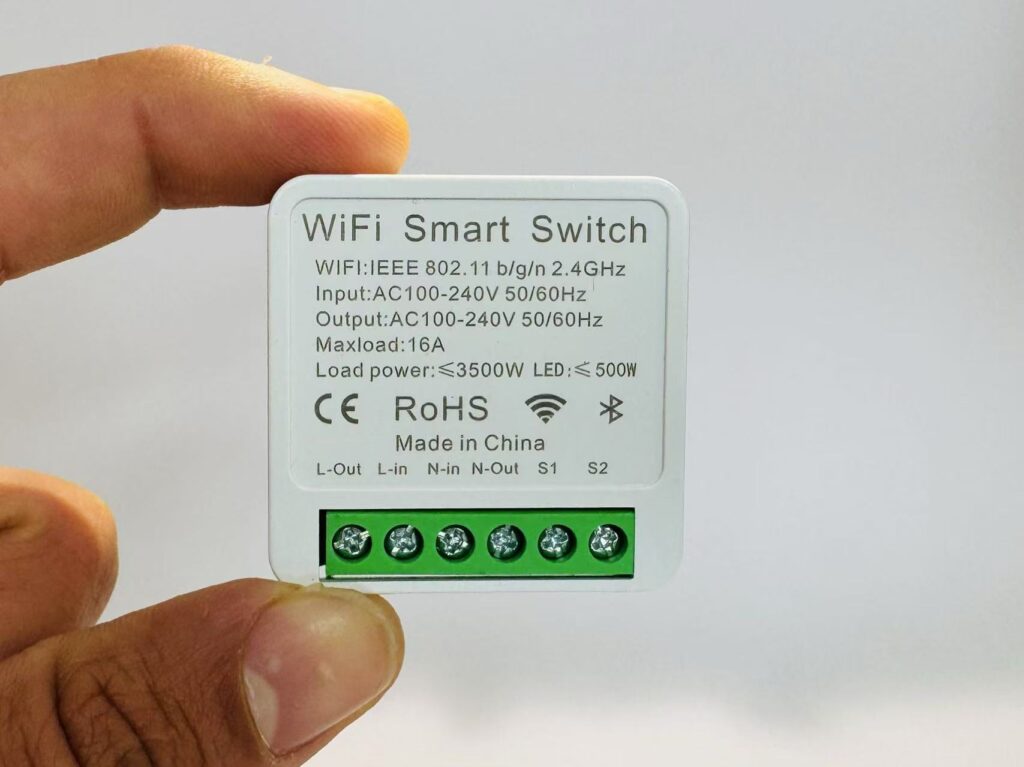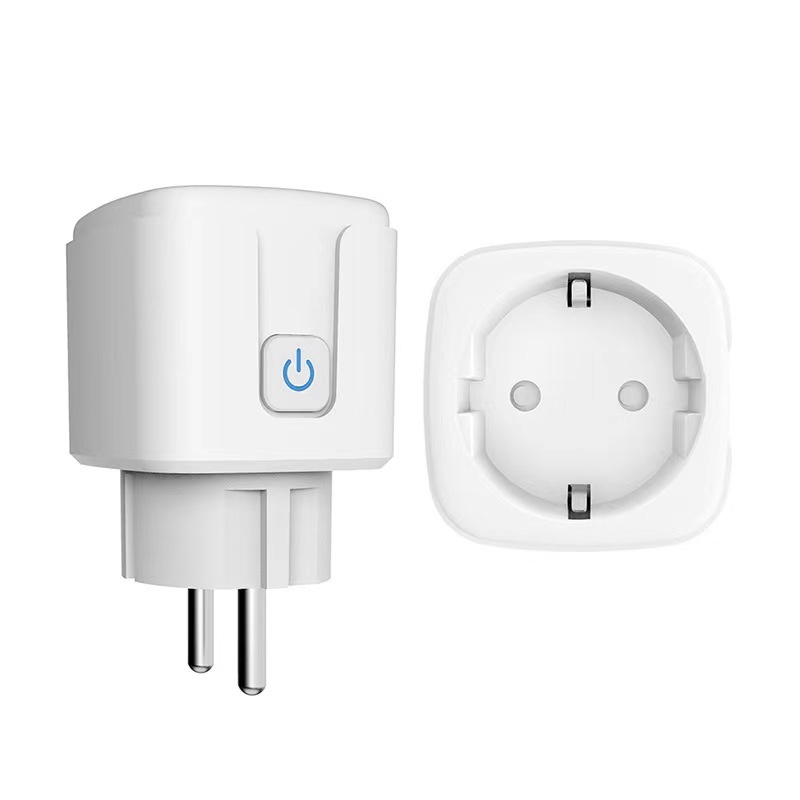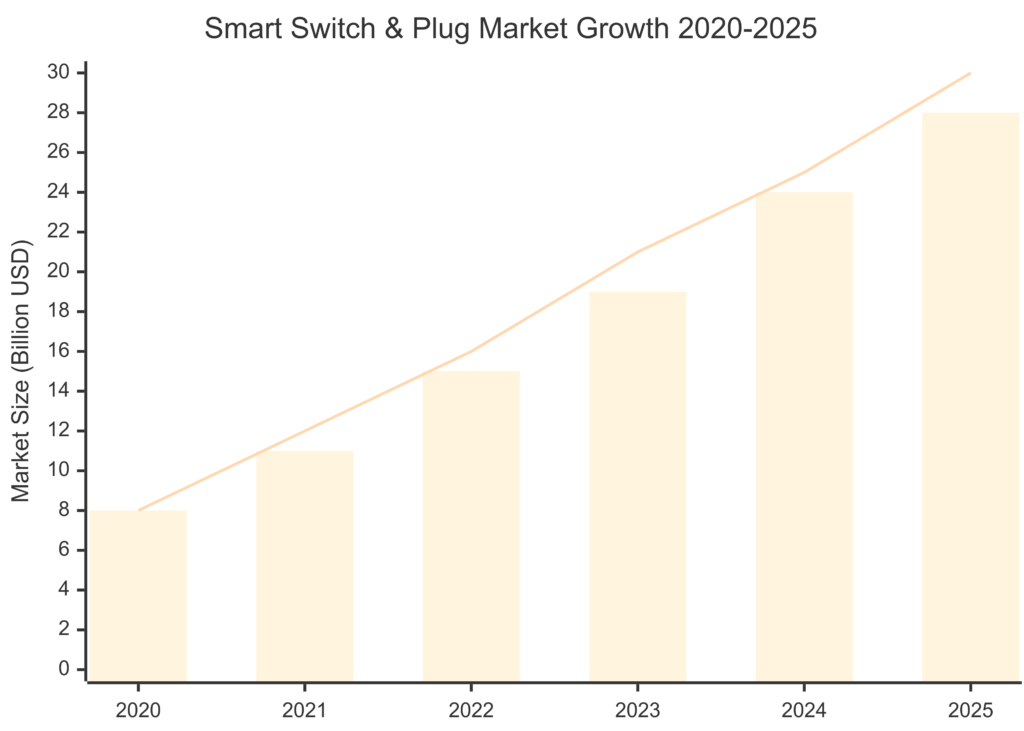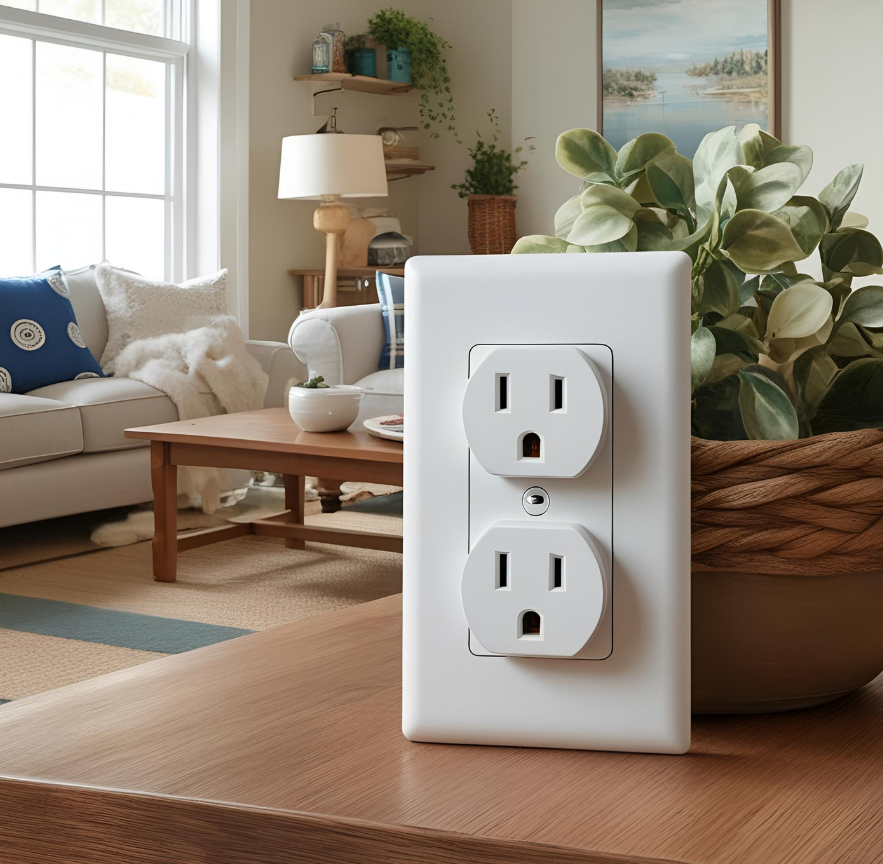In today’s rapidly evolving technological landscape, smart home devices have transitioned from science fiction concepts to everyday reality. Among the most accessible entry points into the world of home automation are smart switches and smart plugs. These WiFi-enabled devices serve as the foundation for creating a connected, efficient, and convenient living environment.
What Are Smart Switches and Smart Plugs?
Smart switches are electrical switches that connect to your home network via wireless technologies like WiFi, Zigbee, or Z-Wave. Unlike traditional switches that only offer manual control, smart switches can be operated remotely through smartphone apps, voice commands, or automated schedules. They typically replace your existing wall switches and control the fixtures directly wired to them, such as ceiling lights or fans.
Smart plugs, on the other hand, are adapters that fit between your standard electrical outlet and the device you wish to control. They transform any “dumb” appliance with an on/off functionality into a smart device that can be controlled remotely. No rewiring or permanent modifications are needed—simply plug and play.


The Growing Smart Home Market
The smart home industry is experiencing explosive growth. According to recent market data, the global smart home market is projected to reach $120.1 billion by 2024 and surge to $370.95 billion by 2029, representing a compound annual growth rate of 25.30%. Within this expanding ecosystem, smart switches and plugs have emerged as popular entry-level products due to their affordability and immediate utility.

Smart Device Market Growth Projection
Why Start With Smart Switches and Plugs?
Smart switches and plugs have become the “gateway devices” for smart home adoption for several compelling reasons:
1. Affordability
Compared to comprehensive smart home systems, switches and plugs offer a budget-friendly entry point, with many quality options available under $30.
2. Easy Implementation
These devices require minimal technical knowledge to install and configure. Smart plugs, in particular, need no installation beyond plugging them in and connecting to your WiFi network.
3. Immediate Transformation
They instantly add smart functionality to existing devices without requiring replacements. Your old lamp, fan, or coffee maker can become “smart” in minutes.
4. Practical Benefits
The convenience of controlling devices remotely addresses real everyday problems. Imagine lying in bed and remembering you left the living room lights on—a simple tap on your smartphone solves the problem. Or checking whether you turned off the iron while commuting to work, with the ability to switch it off remotely if needed.
Core Capabilities
Modern smart switches and plugs offer a range of features that extend far beyond simple remote control:
- Remote access from anywhere with an internet connection
- Voice control integration with assistants like Amazon Alexa, Google Assistant, and Apple HomeKit
- Scheduling to automate device operation based on time, day, or other conditions
- Energy monitoring to track power consumption and identify energy-saving opportunities
- Scene creation to control multiple devices with a single command
- Away mode to simulate occupancy for enhanced security
- Geofencing to trigger actions based on your location
Who Benefits Most?
Smart switches and plugs are valuable for various users:
- Smart home beginners looking for an accessible starting point
- Renters who need non-permanent smart home solutions
- Energy-conscious consumers wanting to reduce electricity waste
- Busy professionals seeking to automate routine tasks
- Elderly or mobility-impaired individuals who benefit from remote control capabilities
- Security-minded homeowners using away mode features
Getting Started
To begin your smart home journey with switches and plugs, you’ll need:
- A stable WiFi network (most devices operate on 2.4GHz networks)
- A smartphone or tablet for app control
- Compatible smart switches or plugs
- Optional: a voice assistant device for voice control
In the following articles in this series, we’ll explore specific types of smart switches and plugs, detailed feature comparisons, installation guides, and creative ways to integrate these devices into your daily routines.
Smart switches and plugs represent the perfect balance of accessibility, functionality, and value for those beginning their smart home journey. By starting with these fundamental devices, you can experience the benefits of home automation without overwhelming complexity or expense, then gradually expand your system as your comfort and needs evolve.

